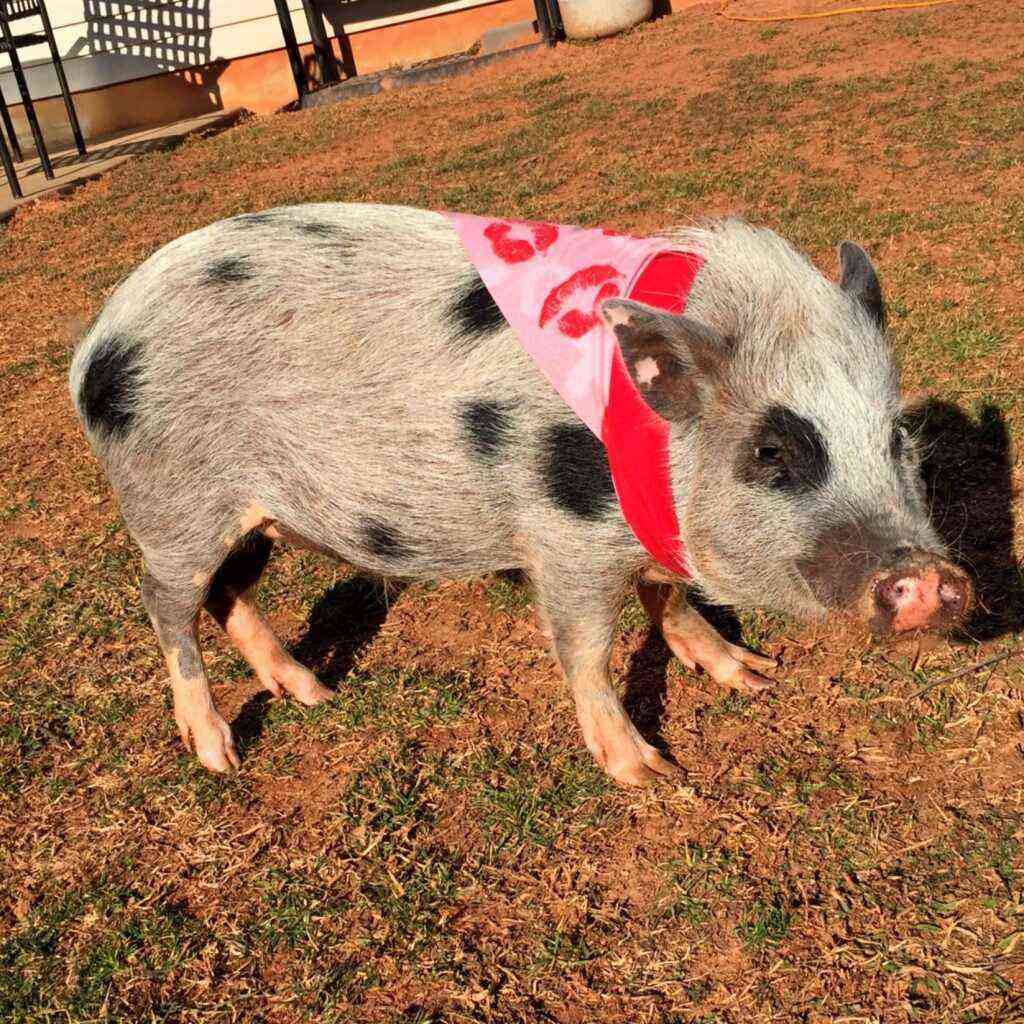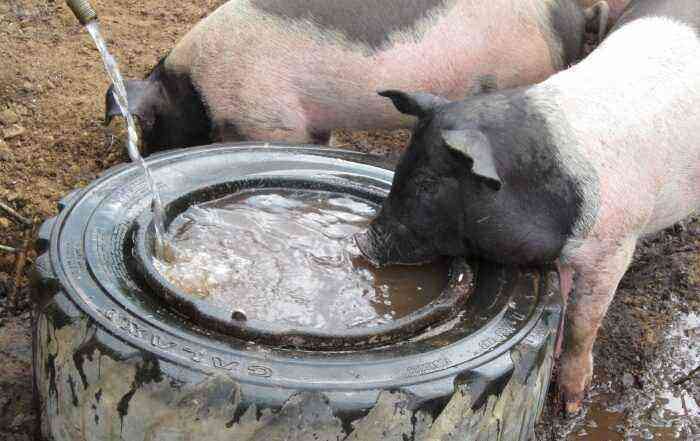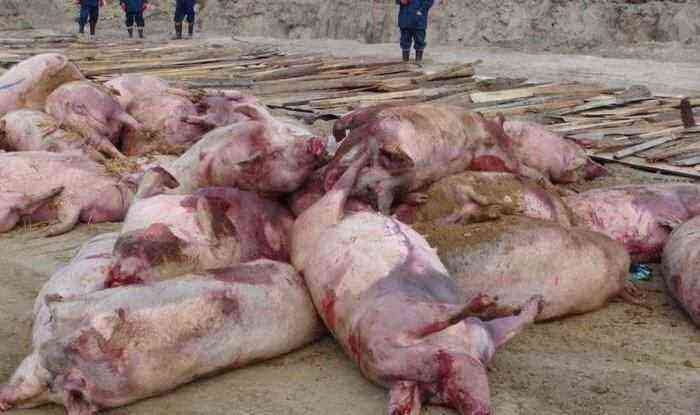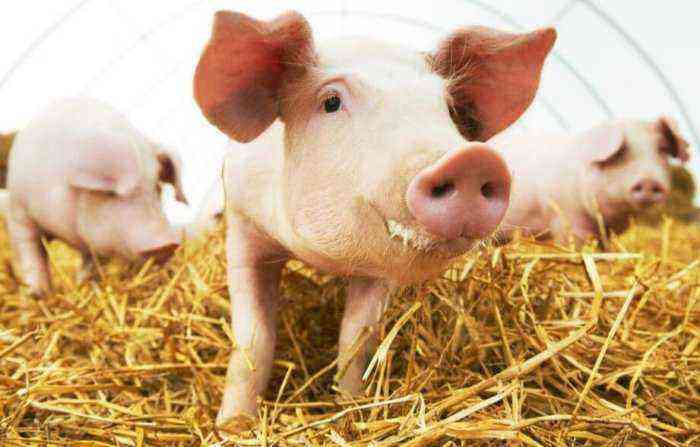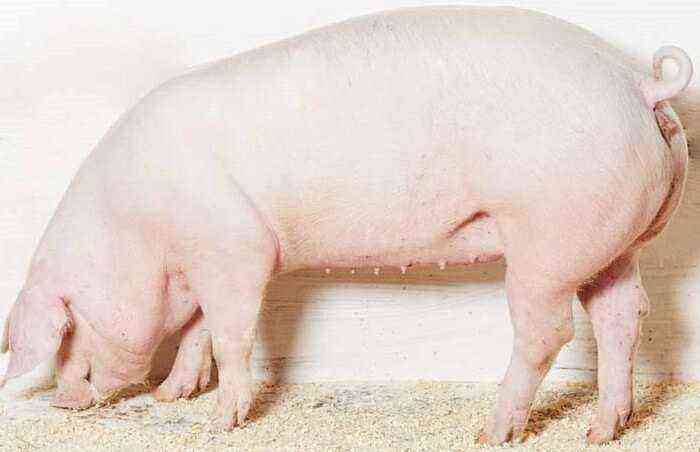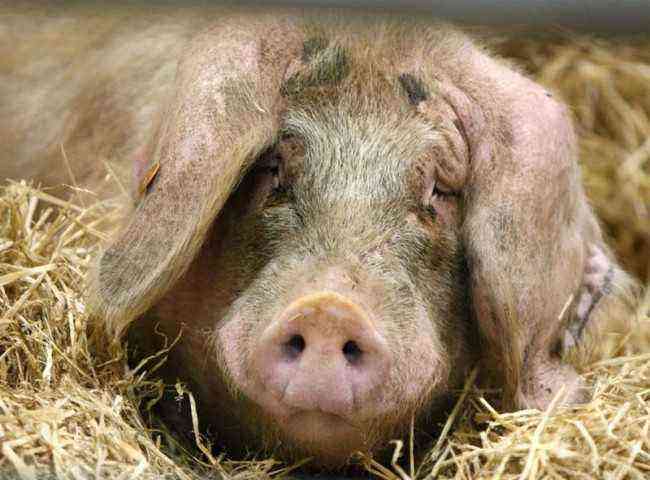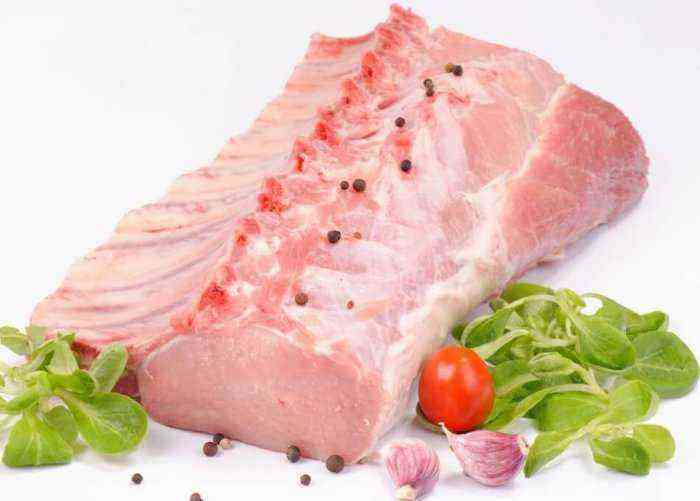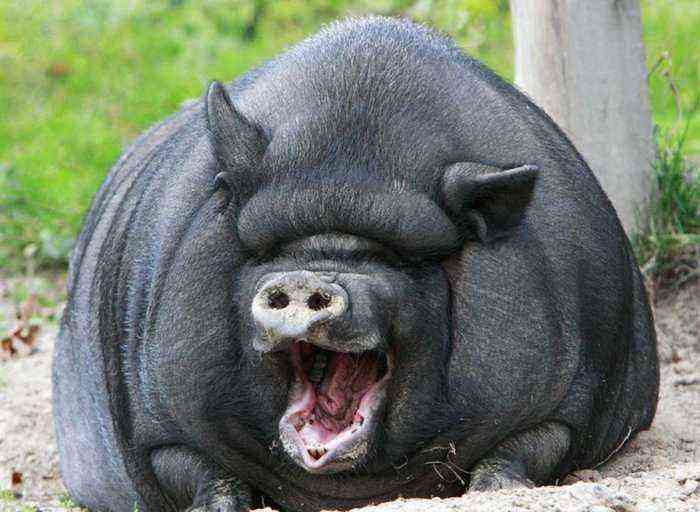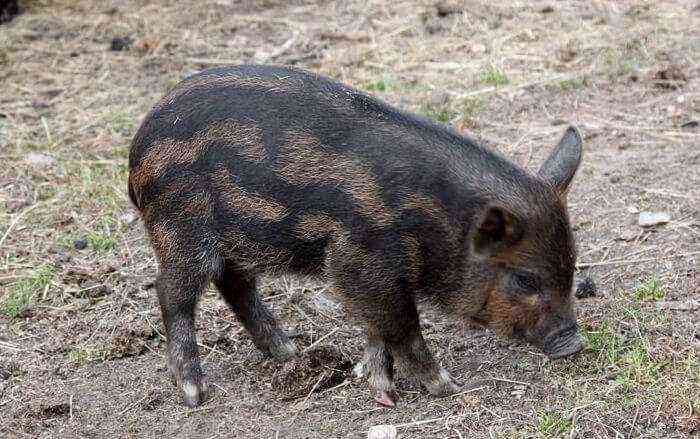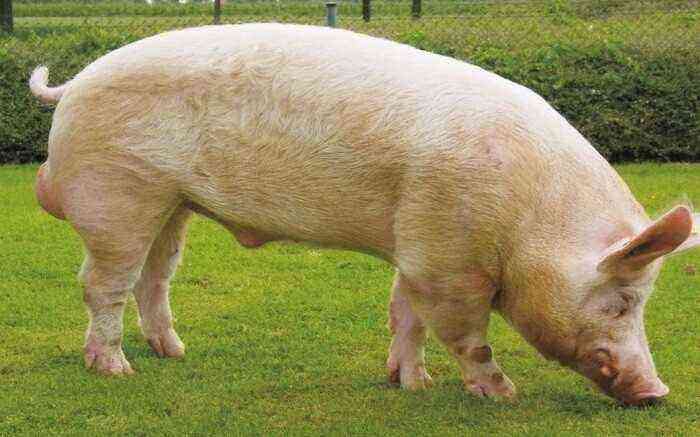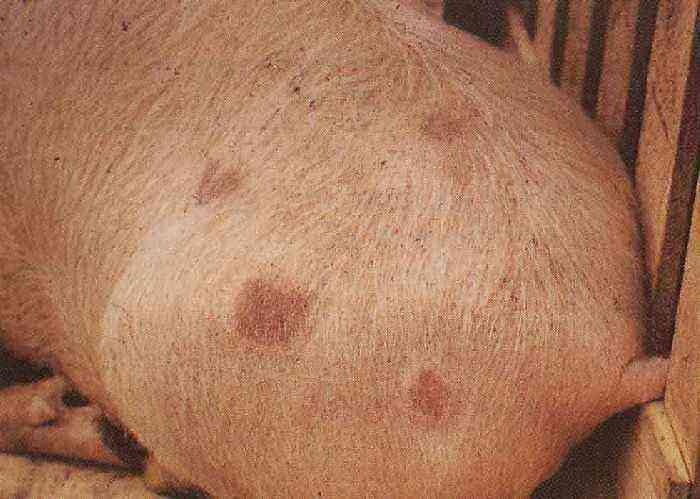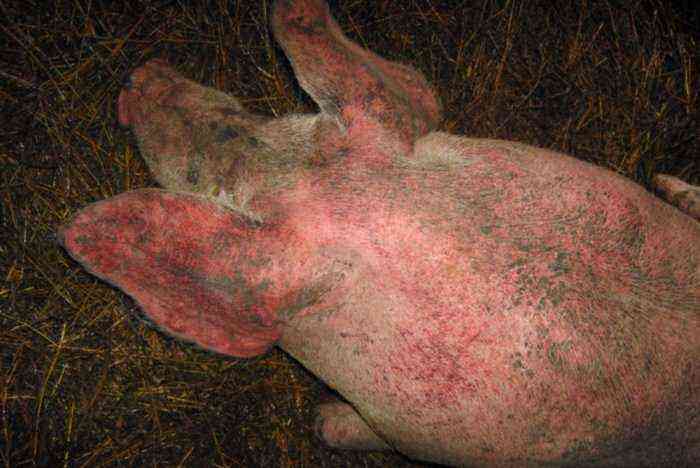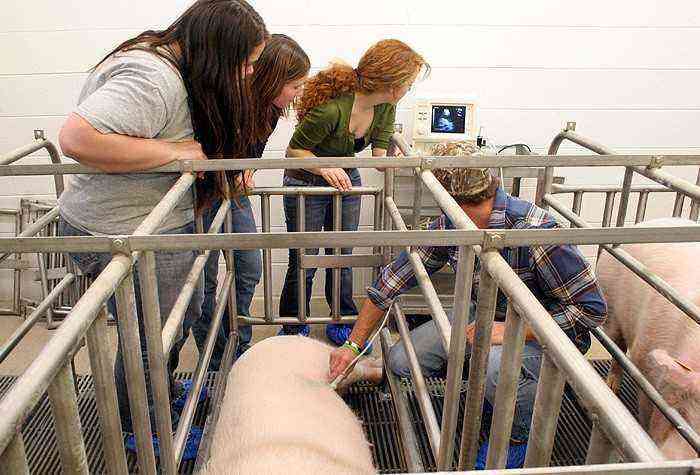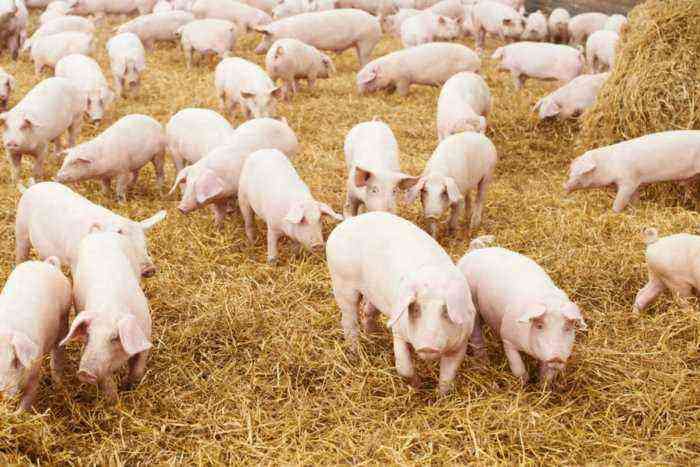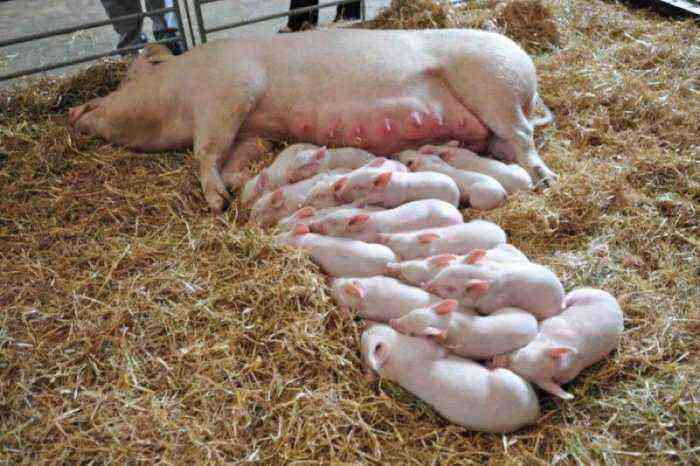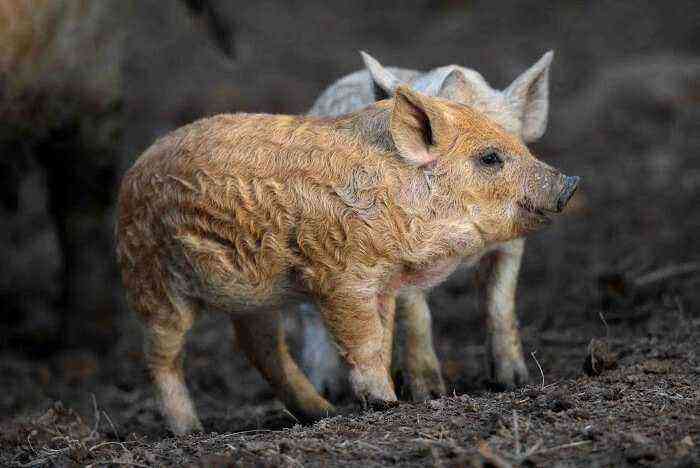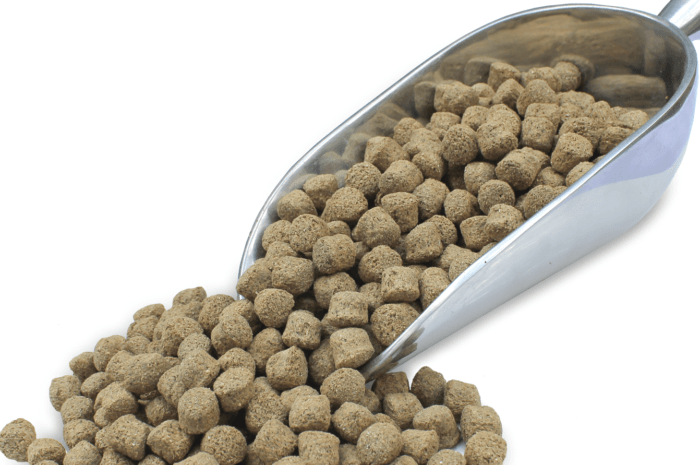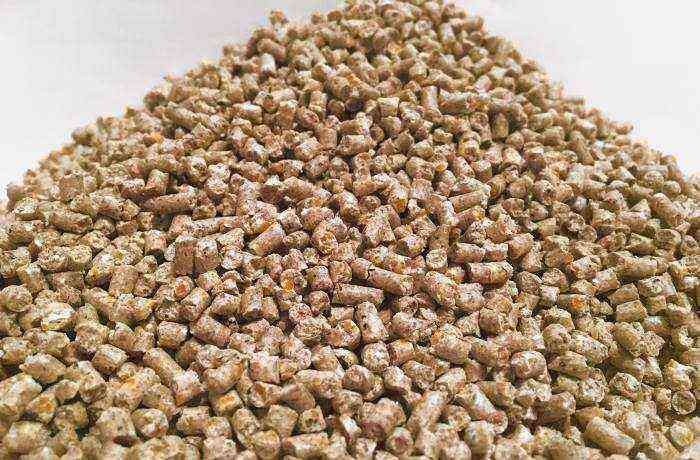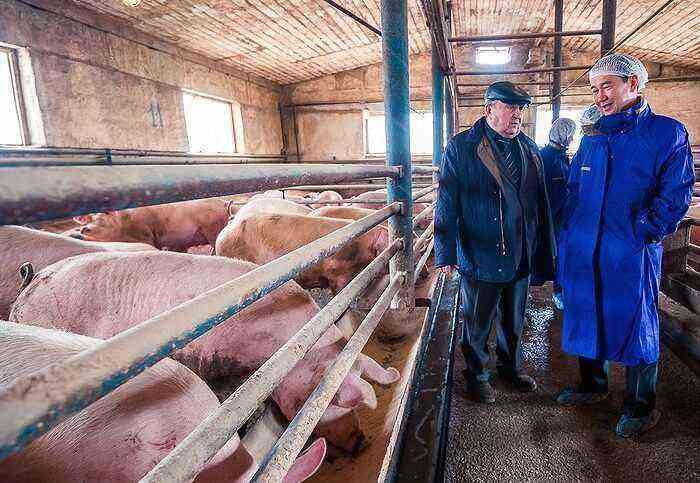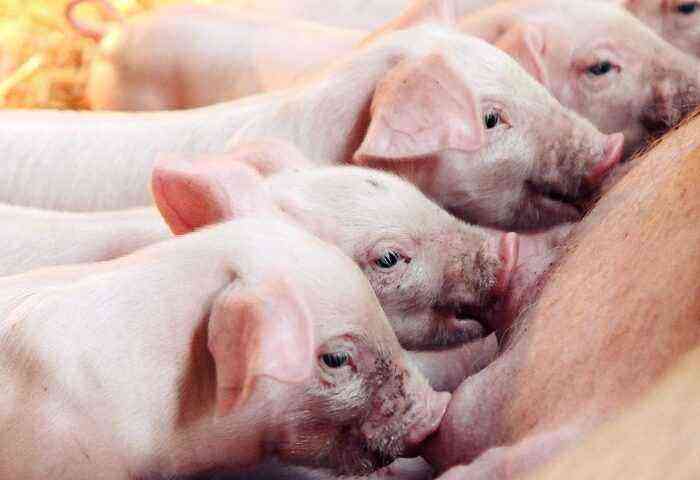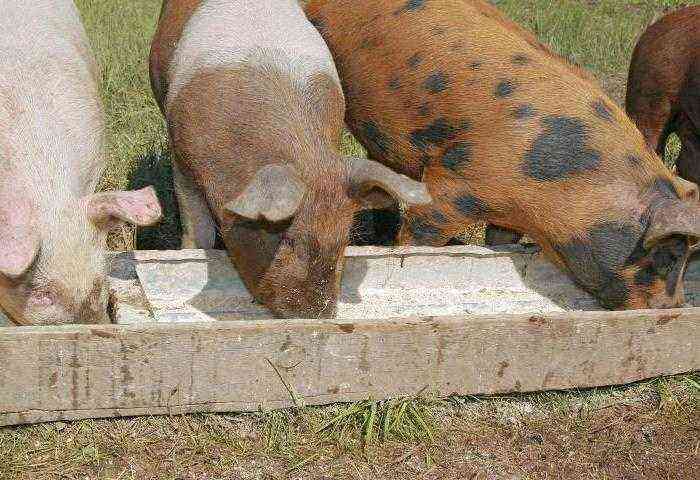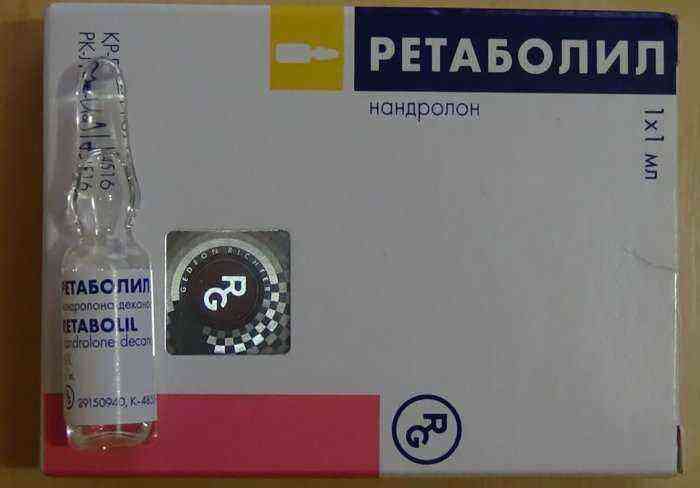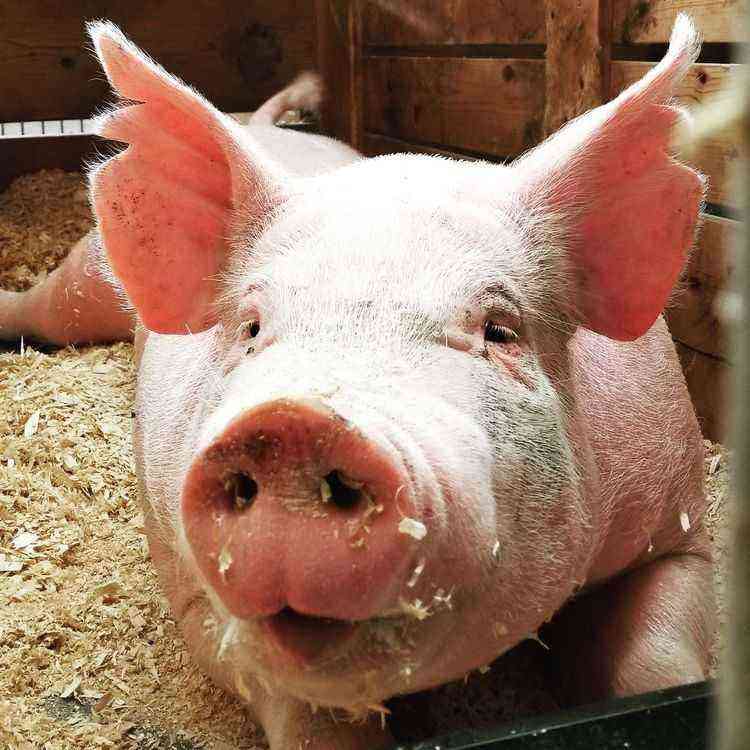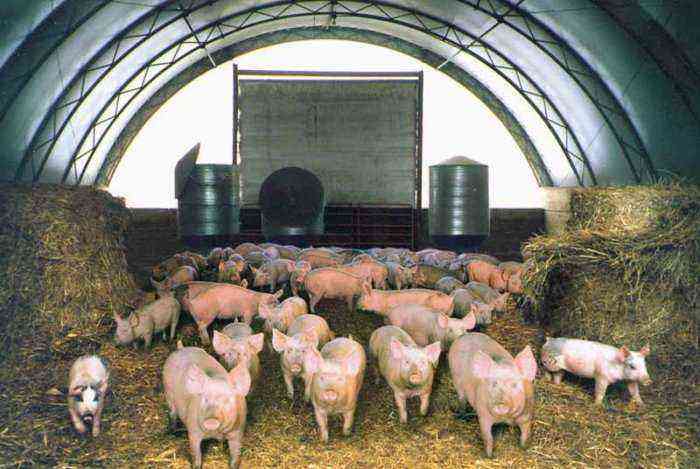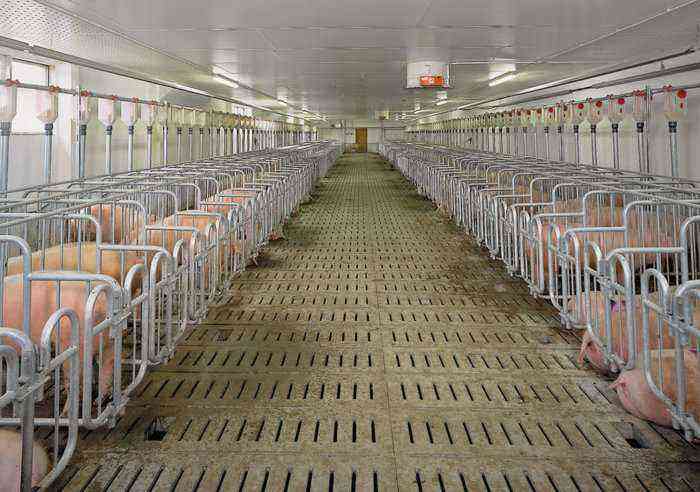Dysentery is an acute disease that leads to indigestion. Blood clots are present in the liquid secretions of a pig. A sick animal begins to rapidly lose weight.
dysentery in piglets
Causative agent
The causative agent of the disease is a spirochete, which belongs to the anaerobic type of microorganisms. After infection, the pig’s digestive system is disrupted. A characteristic symptom of the disease is bleeding. Pig dysentery is accompanied by necrosis of the intestinal mucosa.
There are several ways of infection penetration:
- the source of dysentery is infected pigs;
- low-quality food;
- neglect of the rules for keeping animals;
- dirty water is a danger to pigs;
- infection may be present in the manure of diseased individuals.
An outbreak of the disease often begins immediately after the introduction of new individuals. Beginners are best kept for several days separately from the rest of the herd. This will help prevent infection. Piglets are especially vulnerable to pathogens of dysentery. The infection is transmitted to young animals through the milk of a sick sow. In young individuals, immunity is in the formation stage.
Recovered piglets can infect other animals, so those who have recovered should be kept in quarantine for 5 months. To prevent further spread of the infection, it is required to isolate them from other animals. In the absence of timely treatment, the disease can become chronic. In this case, the causative agent of dysentery enters the manure.
Important! The breeder must carry out a disinfection procedure for the premises in which pigs are kept.
Symptoms
The incubation period can last from 3 to 30 days. Experts distinguish 3 forms of the disease:
- acute;
- subacute;
- chronic.
Immediately after infection, pigs develop indigestion. Intense diarrhea leads to rapid fluid loss. The breeder may notice that the animal is losing weight.

Piglet loses weight due to dysentery
The pig loses its appetite, its temperature rises sharply, up to 40 degrees. An infected animal is unable to move normally. The pig starts bouts of vomiting, which only increase the rate of fluid loss. Discharge from pigs acquires a characteristic gray tint. In the stool, you can see brown mucus and blood.
On day 5, most individuals die due to necrosis of the tissues of the digestive system. Young animals produce liquid secretions. A lactating sow infected with dysentery can infect the entire offspring.
Formations in the form of eczema appear on the sides of the animal. In pigs, there is a blockage of the vessels that feed the intestinal mucosa. This leads to necrosis of epithelial cells. Fibrin begins to deposit on the surface of the intestine. Free hydrochloric acid has an irritating effect on the digestive organs. This causes an increase in intestinal motility.
A symptom of the disease is intense diarrhea. Pathogenic microorganisms in the process of reproduction release toxins that enter the bloodstream. The intensity of the disease depends on the age of the pig and the conditions of detention.
Diagnostics
To identify the type of pathogen, experts conduct a sampling of feces from sick animals. Pig faeces are checked for the presence of vibrios and balantidia, which lead to the development of diarrhea.
A diagnosis can be made after examining the tissues of a dead pig. Histological sections are stained with formalin. After that, experts study the surface of the mucous membranes. Thanks to bacteriological examination, an accurate diagnosis can be made.
Medication
It is possible to destroy causative agents of dysentery with the help of antibacterial drugs (Tilan, Trichopolum). Nifulin is considered to be a fairly effective drug against infection.
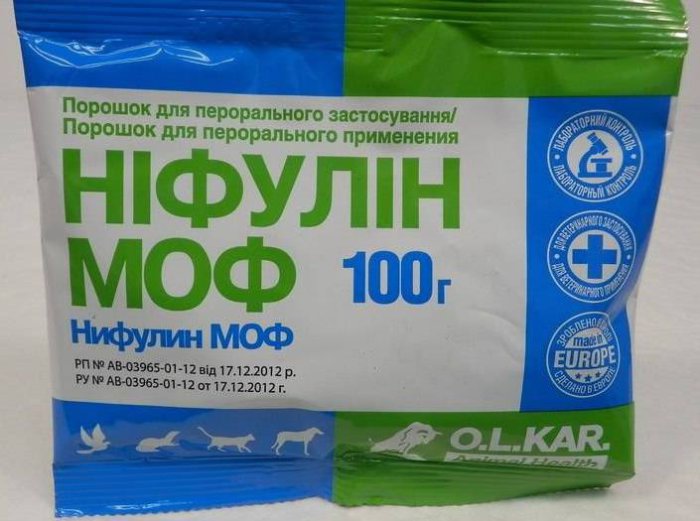
Nifulin
It must be added to animal feed. To dilute the drug, a soda solution is used. The dosage is selected taking into account the age of the animal. To prepare 100 ml. solution, you need 10 grams of soda.
Pig dysentery is dangerous because it quickly deprives the animal of the necessary fluid. Intense diarrhea leads to loss of vitamins and minerals. The animal is suffering from dehydration. In the room in which the sick pig is located, there should be a container with clean water.
Important! You can suppress the activity of harmful bacteria with the help of Osarsol. It should be given to sick pigs 2 times a day.
Prevention
To avoid infection, the following rules must be observed:
- The barn needs to be cleaned regularly. Experts recommend disinfecting the premises. For this, a sodium solution is used.
- Do not feed expired feed to pigs. This can lead to infection in animals.
- Sows are best kept separate from adults. They can infect the entire offspring.
Dysentery is accompanied by intense diarrhea. A sick animal suffers from dehydration. The causative agent of the disease is an anaerobic infection – spirochete. The pig develops necrosis of the digestive organs. If left untreated, death is almost inevitable.
